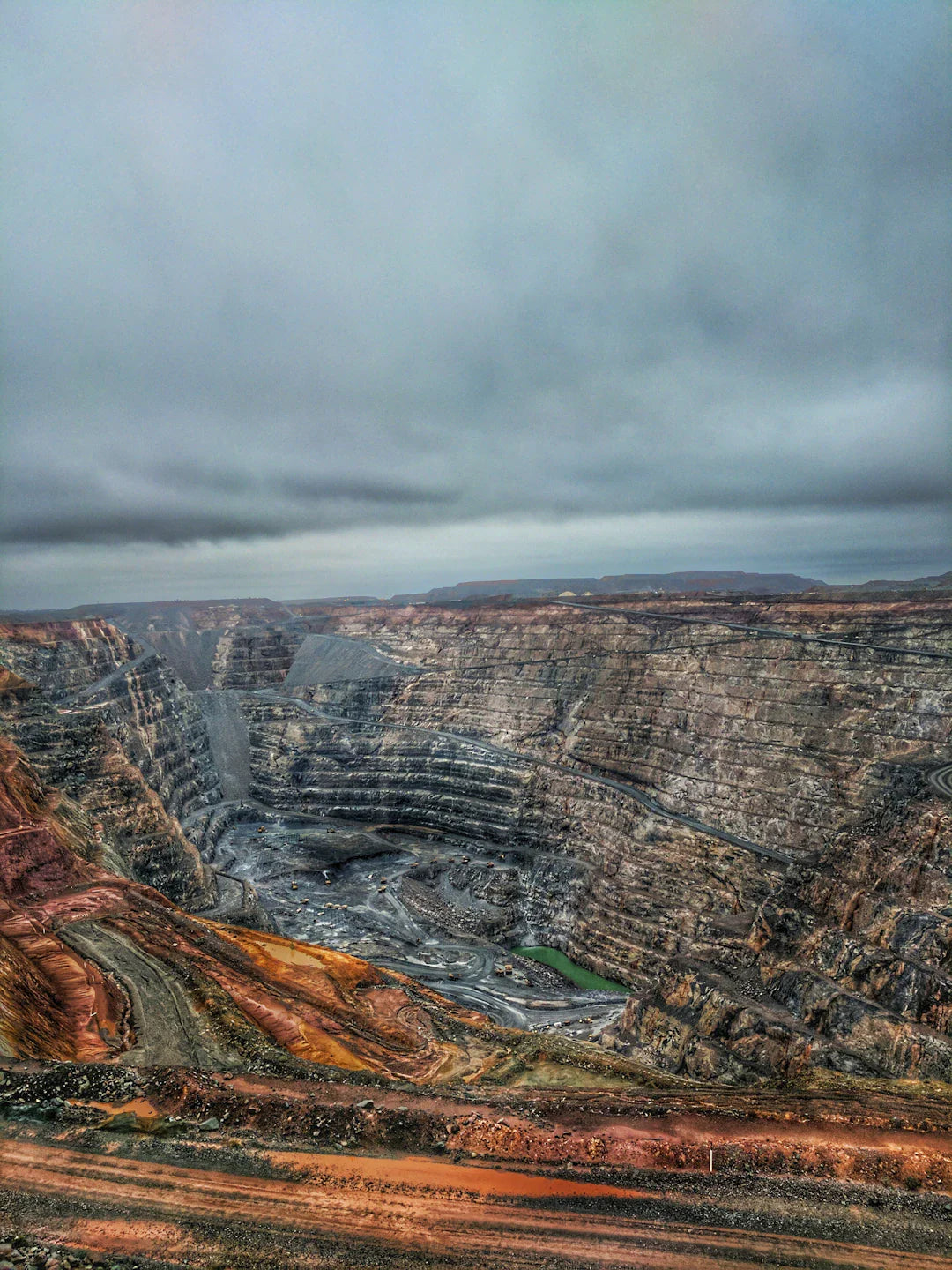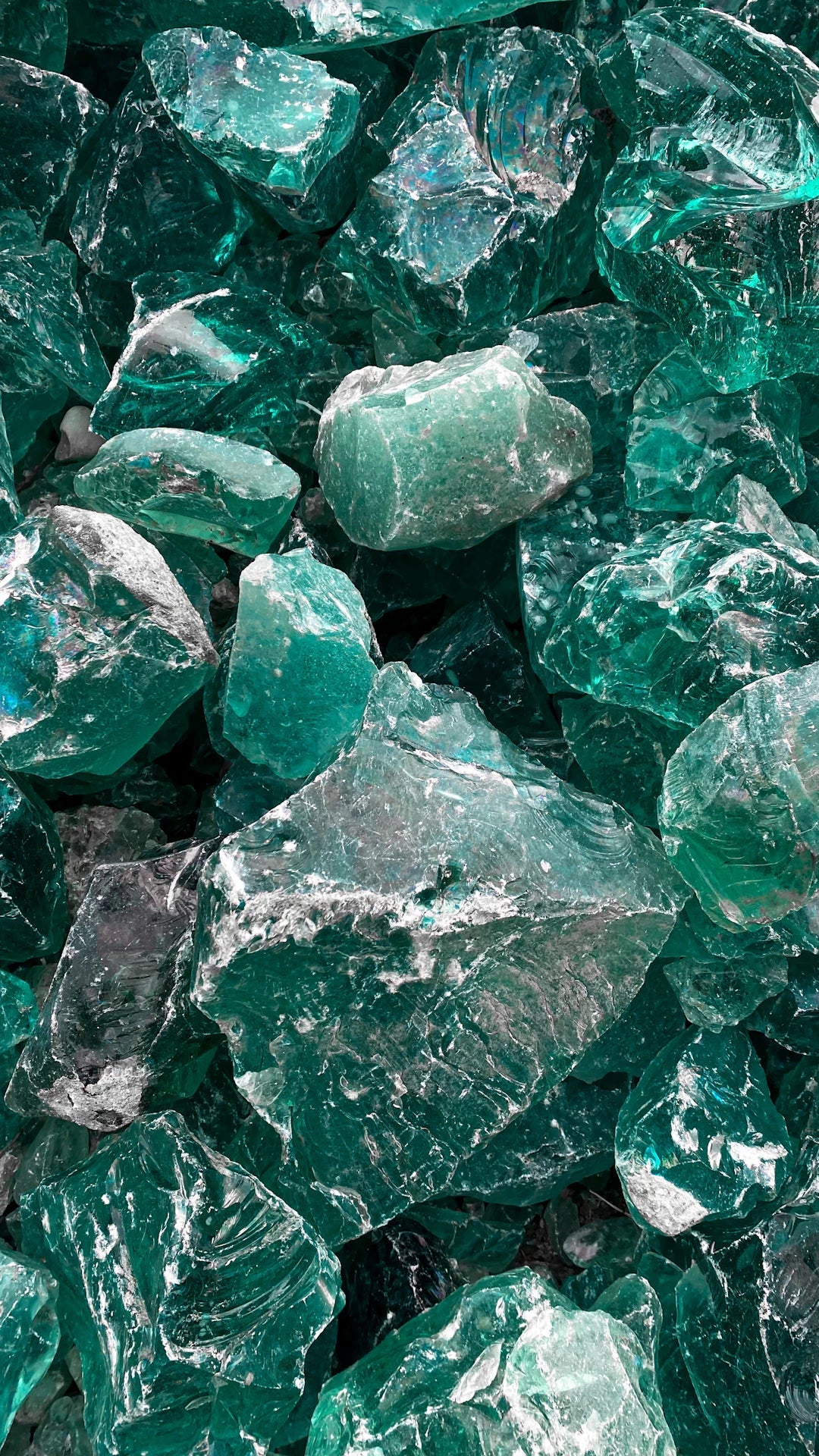Overview
Emerald mining has significant environmental and socio-economic impacts, including habitat destruction, water pollution, and community displacement. Both artisanal and industrial mining methods contribute to these issues. Sustainable practices, such as supporting local artisans and eco-friendly mining techniques, can help mitigate these effects. Consumers play a crucial role by choosing responsibly sourced emerald jewelry, promoting a more ethical and sustainable industry.
Frequently Asked Questions
1. What are the environmental consequences of emerald mining?
2. How does emerald mining affect local communities?
3. What are artisanal and industrial mining methods?
4. How can consumers support sustainable emerald practices?
5. What sustainable practices can be adopted in emerald mining?
The fascination with emeralds attracts jewelers, collectors, and enthusiasts around the globe. These stunning green gems are not just a symbol of luxury but also have a profound impact on the environment from which they are extracted. In this article, we will delve deep into the environmental implications of emerald mining, focusing on the precious resources we often take for granted and how they affect our planet. It is crucial to understand that the beauty of Natural Emerald Jewelry often comes at a cost, not just to the environment but also to local communities. Let’s uncover the full story behind these precious stones.
The Process of Emerald Mining
Emerald mining generally involves several stages, each of which can have significant environmental consequences. Below are the primary methods of extracting these beautiful stones:
Artisanal Mining
Artisanal mining is a small-scale and often informal type of mining that typically takes place in developing countries. It involves individuals or small groups using basic tools and techniques to extract emeralds. While this method requires less machinery, it can lead to:
- Erosion: The removal of soil can lead to significant erosion of land.
- Deforestation: Trees are often cut down to access emerald deposits, disrupting local ecosystems.
- Water Pollution: Waste material left behind can contaminate local water supplies, impacting communities and wildlife.
Industrial Mining
On the other hand, industrial mining uses heavy machinery and extensive operations to extract emeralds. This method can exacerbate environmental issues such as:
- Habitat Destruction: Large areas of land are cleared to set up mining operations, leading to loss of biodiversity.
- Water Usage: Industrial mining requires vast amounts of water, which can deplete local sources.
- Noise Pollution: The machinery used in industrial mining contributes to noise pollution, affecting wildlife and local communities.
Environmental Effects of Emerald Mining
The extraction of emeralds takes a serious toll on the environment. Some of the most significant effects include:
Impact on Biodiversity
Emerald mining can lead to habitat loss for numerous plant and animal species. When ecosystems are disrupted, the delicate balance of wildlife is often thrown off, leading to:
- Species Extinction: Loss of habitat can push vulnerable species towards extinction.
- Disruption of Food Chains: As species disappear, the food chain becomes unbalanced, harming both flora and fauna.
The Water Crisis
Emerald mining processes require an immense amount of water. This not only depletes freshwater resources but can also lead to:
- Contaminated Water Supplies: Chemicals from mining activities can seep into local waters, making them unsafe for consumption.
- Decreased Crop Yield: Reduced access to clean water affects agricultural practices, endangering local food supply.
Soil Degradation
Continuous mining operations lead to severe soil erosion as topsoil is stripped away. This results in:
- Reduced Soil Fertility: The elimination of nutrient-rich topsoil hampers the ability to grow plants and crops.
- Increased Sedimentation: Eroded soil can clog rivers and streams, thereby harming aquatic life.
The Socio-Economic Consequences
The toll of emerald mining goes beyond environmental degradation; it also significantly impacts local communities. Below are some of the socio-economic issues linked to mining:
Displacement of Communities
As mining areas expand, local communities often find themselves displaced. Many families lose their homes, livelihoods, and cultural heritage. Displacement leads to:
- Loss of Identity: Communities that have lived in an area for generations are uprooted, leading to the loss of cultural identity.
- Poverty: Displaced individuals may struggle to find work in their new surroundings, often leading to increased poverty and insecurity.
Health Risks
Workers in the emerald mining industry are often exposed to hazardous materials that can lead to serious health problems, including:
- Respiratory Issues: Dust and pollutants from mining operations can result in respiratory diseases.
- Waterborne Diseases: Contaminated water sources can lead to diseases that affect the health of entire communities.
Cultivating Sustainable Practices
Given the environmental and socio-economic ramifications of emerald mining, there is a growing need to adopt sustainable practices. Here are some approaches that can help reduce the negative impacts:
Eco-friendly Mining Techniques
Introducing sustainable mining methods can significantly lessen environmental damage. This can include:
- Minimizing Deforestation: Implementing regulations that prevent excessive tree removal can help preserve local ecosystems.
- Reclamation Efforts: After mining, sites can be rehabilitated by replanting native species to promote biodiversity.
Supporting Local Artisans
Encouraging the purchase of Natural Emerald Jewelry directly from local artisans can create a more sustainable industry. This includes:
- Promoting Fair Trade: Supporting artisans ensures they receive a fair wage while reducing the need for large-scale mining operations.
- Empowering Local Communities: Strengthening local economies can lead to improved living conditions and social cohesion.
The Role of Consumers
Consumers play a vital role in shaping the emerald industry. When purchasing Natural Emerald Jewelry, consider the following actions:
- Educate Yourself: Understanding the mining processes and the impact can help you make informed choices.
- Choose Responsibly: Opt for brands that are committed to sustainability and ethical practices.
- Support Local Economies: Whenever possible, purchase jewelry from artisans who directly source their emeralds.
A Brighter Future Ahead
The environmental impact of emerald mining is a complex issue that intersects with social justice and sustainability. By making conscious choices, both producers and consumers can usher in a new era of responsible emerald jewelry production that respects our planet and its inhabitants. By advocating for sustainable practices and supporting artisans, we can ensure that the legacy of emeralds lies not only in their beauty but also in the well-being of our communities and the Earth. As we continue to cherish Natural Emerald Jewelry, let us do so knowing that we are contributing to a brighter, greener future.




Leave a comment
This site is protected by hCaptcha and the hCaptcha Privacy Policy and Terms of Service apply.